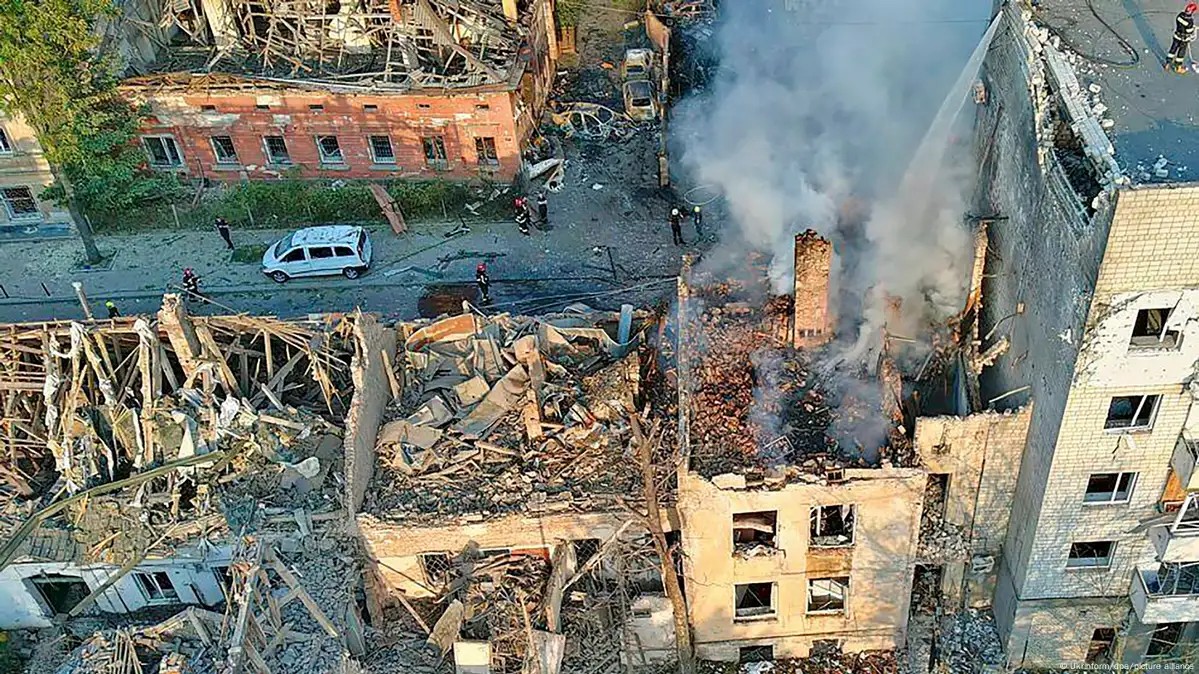Russia continues its deliberate policy of destruction not only military facilities, but also the cultural heritage of Ukraine, which can be considered as a step to erase its national identity. In October 2024, the Congress of Local and Regional Authorities of the Council of Europe condemned the destruction of more than 1,169 cultural heritage sites, including important historical centers such as Lviv and Odesa, which are included in the UNESCO World Heritage List. These attacks not only destroy material symbols of culture, but also the historical memory of Ukraine.
According to the declaration of the Council of Europe, attacks on cultural sites during the war violate the norms of international humanitarian law. These actions are considered part of a systematic policy of destruction of the cultural and historical identity of Ukraine, which the signs of genocide. The Congress underlined that the targeting and looting of cultural sites appeared to reflect a systematic policy aimed at erasing Ukraine’s historical and cultural identity, consistent with a genocidal intent. According to the Declaration, Russia must pay reparations; in this context, the Ukrainian local and regional authorities have to promote the work of the Register of Damage and in submitting claims to the Register.
Among the most sad example is the destruction of the Mariupol Drama Theater, which became a symbol of tragedy and death, when Russian air strike killed hundreds of civilians. In Kharkiv, important cultural and educational institutions were damaged, such as the Kharkiv Art Museum and the Korolenko State Scientific Library, one of the oldest and most important libraries in Ukraine.
However, these are not the only examples. In the Chernihiv region, there are dozens of damaged local and national monuments, the building of the Mykhailo Boichuk Kyiv State Academy of Decorative-Applied Arts and Design was also destroyed. Mykhailo Boichuk, an artist repressed by the Soviet regime, was one of the founders of Ukraine’s cultural revival. The destruction of monuments to such prominent figures symbolizes Russia’s deliberate efforts to erase Ukrainian cultural memory and identity.
In addition, the mass looting of museums and the destruction of archaeological sites appeared to reflect a planned destructive policy of Russia. These actions are already being called the largest theft of cultural property since the Nazi looting of World War II. In Sevastopol, on the territory of Tauric Chersonesos, which is included in the UNESCO World Heritage List, Russian authorities are constructing new buildings, while archaeological artefacts remain underground, which is strongly criticised by the international community. The destruction of cultural sites and attempts to rewrite history in the occupied territories are part of Russia’s strategy to impose the “Russkiy mir” ideology to undermine Ukrainian identity. The destruction of monuments to Taras Shevchenko, one of the key figures of Ukrainian culture, or repressed Ukrainian artists such as Mykhailo Boichuk are attacks not only on objects, but on the cultural memory of the nation. Such acts undermine the international humanitarian law and violate the commitments made by Russia under UNESCO conventions, posing a threat not only to Ukraine, but to the entire global system of cultural heritage protection.

